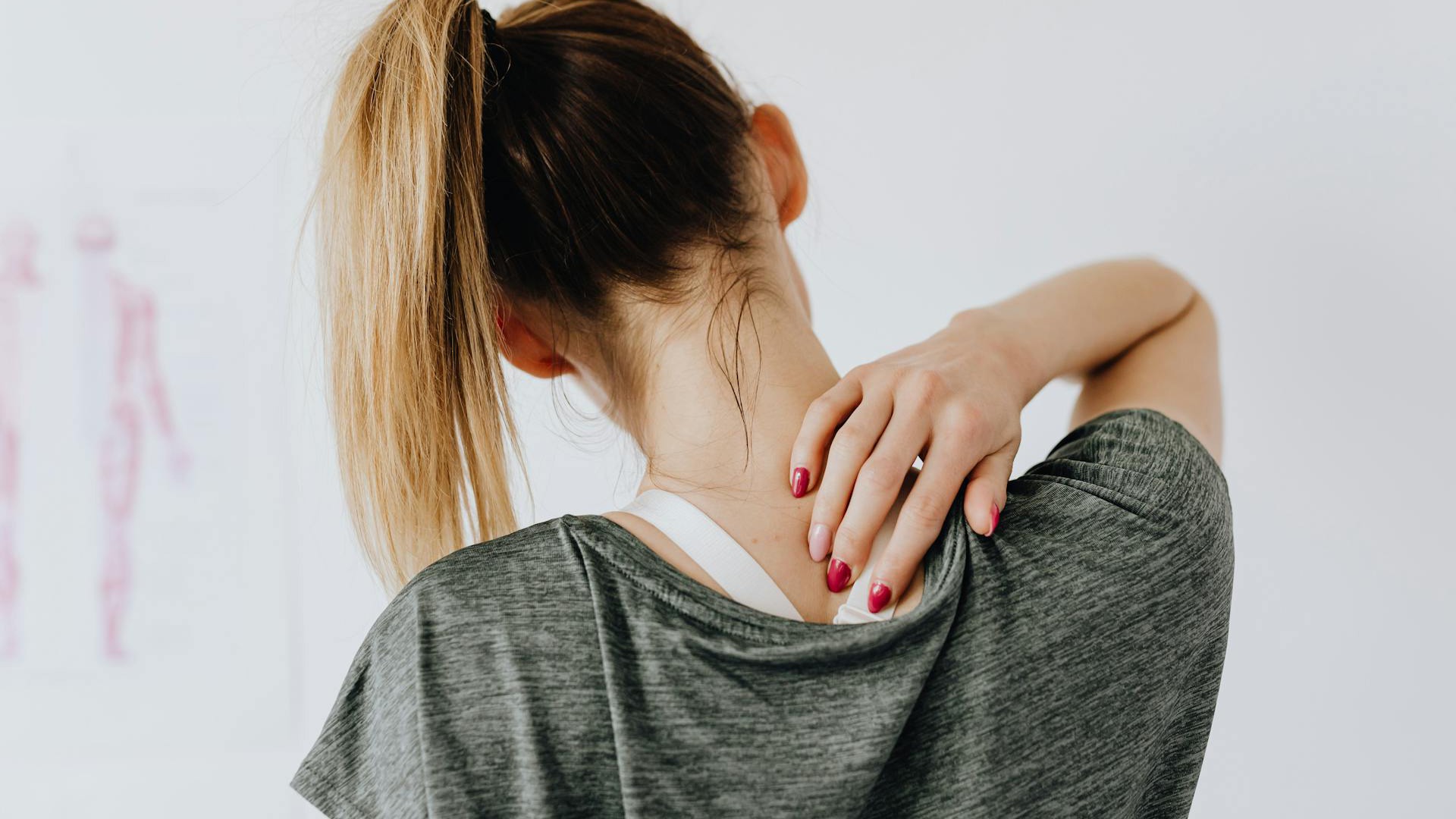During a career in massage, any given therapist will almost certainly encounter clients with sprained muscles. In today’s post, we’re taking a look at how sprains feel, where they often occur for athletes, and how these ubiquitous injuries may be healed through massage.
At some point or another, most active individuals have experienced a sprained muscle. Sports massage therapists are especially likely to work on sprains. As students learn in our massage training school, a sprain typically feels like a “popping” sensation, followed by a severe, sudden pain. After the sprain occurs, the area feels tender, with bruising.
Strains occur when muscle is stretched beyond its limit, and the tissue is literally torn, often near where the muscle joins to the tendon. Tears are categorized by their severity; Grade 1 tears may heal in a day or two; more severe Grade 3 tears may require up to six months to heal.
Risk factors for muscle strains include a) muscle tightness, as tight muscles cannot withstand as much sudden force; b) muscle imbalance, such as when opposing muscle groups are not equally strong; c) poor conditioning, since endurance training makes muscles stronger and less likely to tear; and d) muscle fatigue. Sprains are much more likely to occur toward the end of a marathon, for instance.
Athletes can avoid strains by taking time to warm up before exercise, and to cool down and stretch following exercise. Consistent, whole-body exercise can also help prevent strains, as muscles that are more frequently used are stronger and less liable to tear. Finally, it’s important for athletes to participate in cross training, to keep muscles in balance.
Let’s take a look at some commonly strained muscles: The Quadriceps, the Hamstrings, and the Adductors.
The Quadriceps
The four quadriceps muscles on the front of the thigh serve to extend the knee joint. The superficial quad muscle, the rectus femoris, also helps to flex the hip. The quads are used in dynamic movements including squatting, running, walking, and jumping. As such, they are commonly strained in sports involving these activities (basically all sports). As the quads are involved with two joints—the hips and the knees—they are more liable to be strained at some point in an athlete’s career.
The Hamstrings
Hamstring injuries are some of the most common injuries in sports. The hamstrings are located on the rear of the thigh, connecting hip to knee to flex the leg and extend the hip. Again, their location crossing two joints makes them more prone to injury. Track, football, and rugby players are especially likely to experience a strain in the hamstrings. High speed running is known to cause some hamstring injuries; kicking movements in which the hip flexes and the knee extend simultaneously are also problematic for this muscle group.
The Adductors
The adductor muscles, located on the inner thigh, serve several roles—pulling the legs together, internally rotating the thigh, and contributing to hip extension. Because these muscles do so much, they are liable to tear. Adductor injuries frequently manifest as a pain in the groin (often a tendon injury) or inner mid-thigh (typically a muscle injury). Adductor injuries are often caused by sudden lateral movements, as common in sports like basketball, tennis, and soccer.
How to Heal Muscle Strains
While athletes have been advised for decades to treat strains with the “RICE” regimen—Rest, Ice, Compress, and Elevate—the doctor who originally coined that phrase has recently written on how ice actually delays healing. He recommends ten minutes of ice, not the normally prescribed 20 minutes, but only to relieve pain in the day or two after an injury. Because range of motion exercises can help increase blood flow, they are a good idea once acute pain has subsided. Finally, treatment from a massage therapist or physical therapist can also help with healing by increasing circulation.
When treating a strained body part, massage therapists may use a high-friction myofacial massage to break up scar tissue, followed by Swedish massage to increase circulation. Any good massage school—in Illinois, Timbuktu, or New York—will cover the basics of myofacial massage. At our Portland massage school, we also offer ongoing education for current LMTs who would like to offer more myofacial healing in their massage therapy practices.
If you’ve recently suffered a muscle strain, we recommend resting until the pain fades, and then booking an appointment with our massage clinic.



